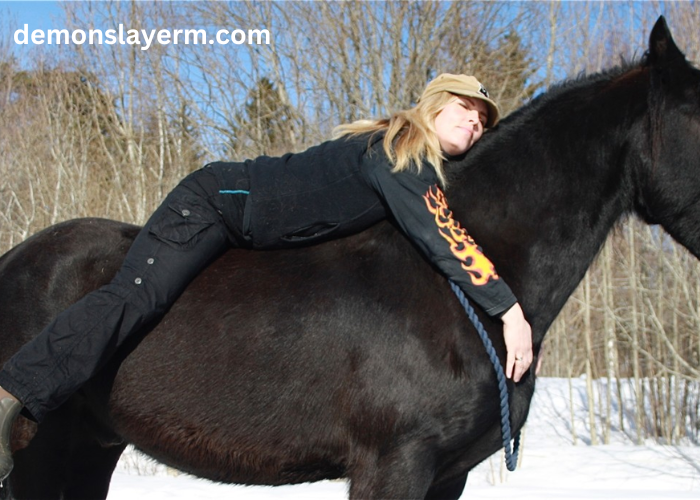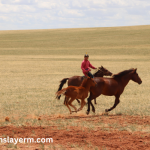
Horses have captivated the human imagination for centuries with their beauty, strength, and grace. From their role in ancient civilizations to their presence in modern equestrian sports, horses symbolize freedom, power, and an enduring bond with humanity. Understanding the beauty and power of these magnificent creatures involves exploring their physical attributes, historical significance, and the profound connections they share with people. Discover the ultimate online resource for casacourse. Enhance your knowledge and skills with our comprehensive courses. Join us today!
Physical Elegance and Strength
Horses are epitomes of physical grace. Their sleek, muscular bodies, flowing manes, and expressive eyes create a picture of elegance in motion. Different breeds exhibit distinct characteristics, from the powerful build of draft horses to the lithe, athletic frame of Thoroughbreds. Regardless of breed, horses possess a unique combination of strength and agility, enabling them to perform remarkable feats.
The power of a horse is evident in its every movement. When galloping across a field, their muscles ripple with strength, showcasing an incredible burst of speed and endurance. This power has made horses invaluable in various roles throughout history, from pulling heavy loads to serving as war steeds. Yet, it is their grace—seen in the fluidity of their gaits and the precision of their movements—that truly sets them apart. Whether it’s the extended trot of a dressage horse or the controlled canter of a show jumper, the elegance of equine motion is a sight to behold.
Historical Significance
Horses have played a pivotal role in human history. Domesticated around 4000 BCE, they revolutionized transportation, agriculture, and warfare. In ancient civilizations, horses were symbols of wealth and power. They pulled chariots in Egypt, carried knights in medieval Europe, and enabled the rapid expansion of empires such as the Mongol and Roman.
The partnership between humans and horses is illustrated by their integration into various cultures and traditions. Native American tribes, for instance, revered horses for their ability to transform their way of life, enhancing their mobility and hunting capabilities. In Europe, the Spanish Riding School in Vienna has preserved classical dressage, a testament to the long-standing bond between horse and rider.
The Human-Equine Bond
The relationship between humans and horses goes beyond utility; it is characterized by deep emotional connections. Horses are known for their sensitivity and ability to mirror the emotions of their handlers. This empathy makes them exceptional partners in therapeutic settings, where equine-assisted therapy helps individuals with physical, emotional, and psychological challenges.
Riding and working with horses teach valuable life skills such as responsibility, patience, and empathy. Equestrian sports, ranging from polo to rodeo, showcase the harmony between rider and horse, where communication is key. The trust and mutual respect developed in these partnerships highlight the profound connection shared between species.
Conclusion
The majestic horse embodies a blend of beauty, power, and grace that has fascinated humans for millennia. Their physical attributes, historical significance, and the unique bond they share with people underline the importance of understanding and appreciating these remarkable creatures. Whether admired for their strength or cherished for their companionship, horses continue to hold a special place in human culture, symbolizing the timeless and transcendent qualities of elegance and power.










